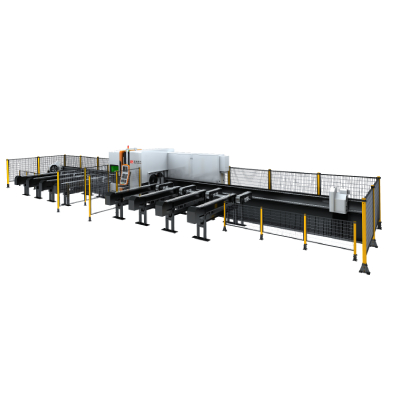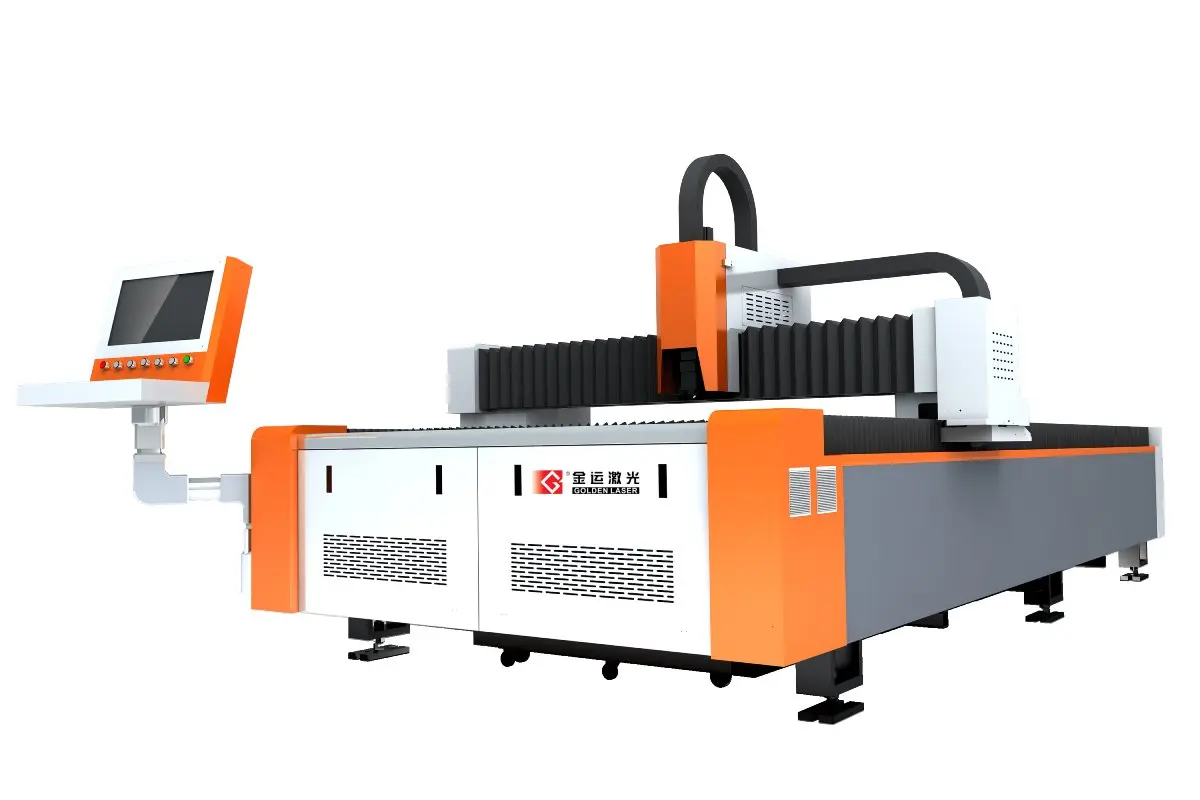****
In the ever-evolving world of manufacturing and fabrication, the importance of precision and efficiency cannot be overstated. One of the pivotal elements in achieving these goals is the cutting steel machine. These machines have transformed the way industries handle steel, impacting various sectors from automotive to construction. With advancements in technology, the capabilities of cutting steel machines continue to expand, allowing for greater accuracy, speed, and versatility in metalworking processes.
Historically, cutting steel has been a labor-intensive and time-consuming process. Traditional methods often relied on manual tools and techniques, which not only required skilled labor but also posed safety risks and limitations in terms of precision. The development of cutting steel machines marked a significant turning point in the industry, enabling operators to cut materials with remarkable accuracy and repeatability. These machines, which include plasma cutters, laser cutters, and water jet cutters, have made it possible to streamline operations and reduce production times dramatically.
One of the most notable advancements in cutting steel technology is the introduction of CNC (Computer Numerical Control) machines. CNC cutting steel machines utilize computer software to control the movement and operation of tools, allowing for the creation of complex shapes and designs that would be difficult or impossible to achieve by hand. This level of automation not only enhances productivity but also minimizes material waste, making it a more environmentally friendly option.

Revolutionizing Manufacturing: The Impact of Cutting Steel Machines on Modern Industry and Their Technological Advancements
Plasma cutting machines, for example, use a high-velocity jet of ionized gas to slice through metal. This method is particularly effective for cutting thick steel plates and can achieve clean edges without significant thermal distortion. Plasma cutting technology has evolved, with newer systems capable of operating at higher speeds and offering increased energy efficiency, further optimizing production processes.
Similarly, laser cutting machines have gained immense popularity in various sectors due to their unparalleled precision and versatility. By focusing a high-intensity beam of light onto the material, these machines can cut through thin and thick sheets of steel with intricate designs and minimal kerf loss. The ability to manipulate the laser’s intensity and focus allows for a wide range of applications, from basic shapes to complex motifs.
Water jet cutting is another method that has gained traction, especially when working with materials sensitive to heat such as certain alloys and composites. This technique utilizes high-pressure water mixed with abrasive materials to cut through steel, offering the advantage of avoiding thermal damage. Industries that require precision cuts for intricate designs benefit significantly from the capabilities of water jet cutting machines.

Revolutionizing Manufacturing: The Impact of Cutting Steel Machines on Modern Industry and Their Technological Advancements
As industries continue to embrace automation and advanced technologies, cutting steel machines have also integrated features such as motion control and real-time monitoring systems. These enhancements provide operators with valuable feedback, ensuring consistent performance and reducing the risk of errors. The result is a leaner production process that not only boosts output but also maintains high quality in finished products.

Revolutionizing Manufacturing: The Impact of Cutting Steel Machines on Modern Industry and Their Technological Advancements
Moreover, the ability to integrate cutting steel machines with Industry 4.0 technologies represents a significant stride towards smart manufacturing. With the implementation of the Internet of Things (IoT), machines can communicate with each other and share data in real-time. This interconnectedness not only facilitates predictive maintenance but also allows for better resource management and utilization, leading to a more efficient manufacturing ecosystem.
Despite the numerous advantages, the adoption of cutting steel machines brings challenges that must be addressed. The initial investment costs for advanced machines can be high, and companies must weigh these expenses against potential long-term savings. Furthermore, the skilled workforce needed to operate and maintain these machines is essential; training programs and educational initiatives are vital to ensure that employees are equipped to handle the evolving technology.
In conclusion, cutting steel machines are revolutionizing the manufacturing landscape by providing unparalleled accuracy, efficiency, and versatility. As technology continues to advance, these machines will likely become even more integrated within the production process. The ongoing evolution will contribute to the growth of industries that rely on steel, maximizing productivity while minimizing environmental impact. For businesses aiming to remain competitive in a dynamic market, investing in cutting steel machines is not just an option; it has become a necessity. Stainless Steel Fiber Laser Cutter Price



